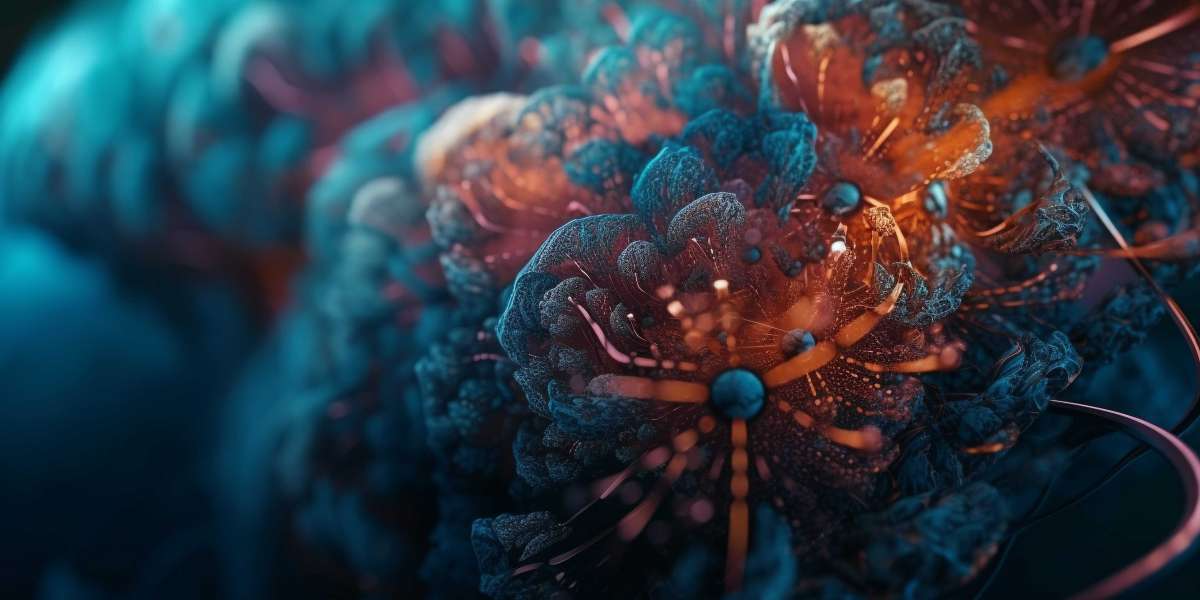Hormone Receptor-Positive (HR+)/HER2-Negative breast cancer is a prevalent subtype of breast cancer, characterized by the presence of hormone receptors (estrogen and/or progesterone) while lacking the HER2 protein overexpression. This form of breast cancer, which accounts for a significant portion of breast cancer diagnoses, demands specific treatment strategies and ongoing research to enhance patient outcomes.
Understanding HR+/HER2- Breast Cancer
HR+/HER2- breast cancer is driven by hormonal influences, making it distinct from HER2-positive or triple-negative breast cancers. Estrogen and progesterone receptors on cancer cells fuel tumor growth, necessitating hormone-based therapies as a cornerstone of treatment. Unlike HER2-positive cancers, which target the HER2 protein, HR+/HER2- tumors do not benefit from HER2-targeted therapies.
Current Advances in Treatment
Recent advancements have significantly improved the management of HR+/HER2- breast cancer. Endocrine therapies, such as selective estrogen receptor modulators (SERMs) like tamoxifen and aromatase inhibitors (AIs) like letrozole and anastrozole, are fundamental in controlling hormone-driven tumor growth. In combination with targeted therapies like CDK4/6 inhibitors (e.g., palbociclib, ribociclib, and abemaciclib), these treatments have enhanced progression-free survival rates.
The development of novel endocrine agents and combination therapies represents a substantial leap forward. For instance, the introduction of selective estrogen receptor degraders (SERDs) like elacestrant offers a promising alternative to traditional endocrine therapies, particularly in cases of resistance or relapse.
Emerging Strategies and Research Directions
Research continues to explore new strategies to improve outcomes for HR+/HER2- breast cancer patients. Trials investigating combination therapies, including novel hormonal agents, targeted therapies, and immunotherapy, aim to overcome resistance and enhance therapeutic efficacy. For instance, research into combining endocrine therapy with immune checkpoint inhibitors is ongoing, potentially offering new avenues for treatment in advanced stages.
Moreover, the exploration of precision medicine is advancing. By analyzing genetic, molecular, and tumor characteristics, researchers hope to tailor treatments more precisely to individual patients, potentially improving response rates and reducing side effects.
Global Market Dynamics
The HER2 Breast Cancer Market reflects the growing interest in developing innovative therapies and strategies for managing HR+/HER2- breast cancer. Pharmaceutical companies are investing heavily in research and development to create next-generation treatments. The market is characterized by a competitive landscape with numerous players focusing on advancing drug development and expanding therapeutic options.
As new therapies and treatment strategies emerge, the HER2 Breast Cancer Positive segment continues to evolve. Companies are focusing on identifying biomarkers for better patient stratification and developing therapies that address unmet needs in the management of HR+/HER2- breast cancer.
Conclusion
The landscape of HR+/HER2- breast cancer treatment is rapidly advancing, driven by ongoing research and innovation. With the introduction of novel therapies and the exploration of new treatment combinations, patients with this subtype of breast cancer now have more options than ever before. As the HER2 Breast Cancer Market evolves, the focus remains on improving patient outcomes and extending survival through targeted and personalized treatment strategies. The future of HR+/HER2- breast cancer treatment looks promising, with continued advancements paving the way for more effective and tailored therapeutic approaches.
Trending Reports







